What is Ramen??
Ramen is one of Japan’s most iconic noodle dishes, made with thin, wheat-based noodles and paired with a variety of flavorful broths. It boasts countless regional variations and is loved both in Japan and around the world.
Ramen is characterized by its diversity, with flavors varying greatly depending on the soup base and toppings. Popular soup bases include pork bone (tonkotsu), soy sauce (shoyu), miso, and salt (shio). Additionally, unique creations like seafood or curry-flavored broths have gained popularity. The noodles themselves also vary in shape and texture, ranging from straight to wavy and firm to soft.
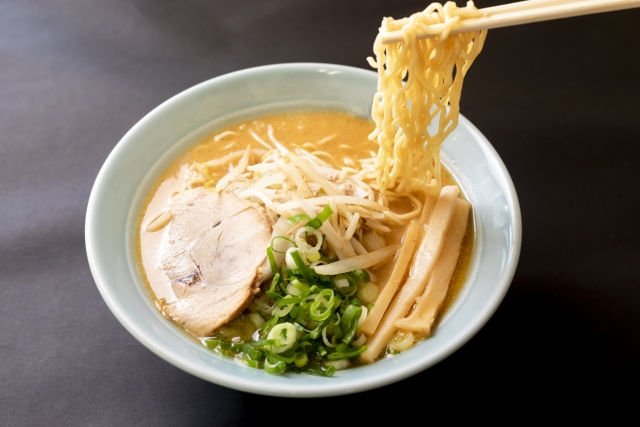
History of Ramen
Ramen originated from Chinese noodle dishes and began evolving in Japan during the Meiji era. By the Showa period, instant ramen was invented, making it a convenient meal enjoyed worldwide. Today, every region in Japan has its own unique ramen style, reflecting local tastes and ingredients.
Types of Ramen
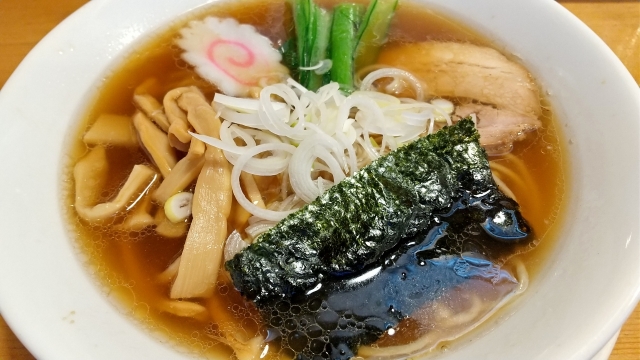
A soy sauce-based broth with a light yet savory flavor.
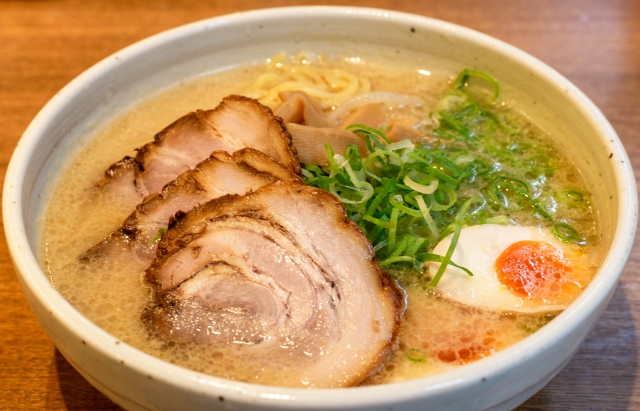
A rich and hearty broth made with miso, originally from Hokkaido.
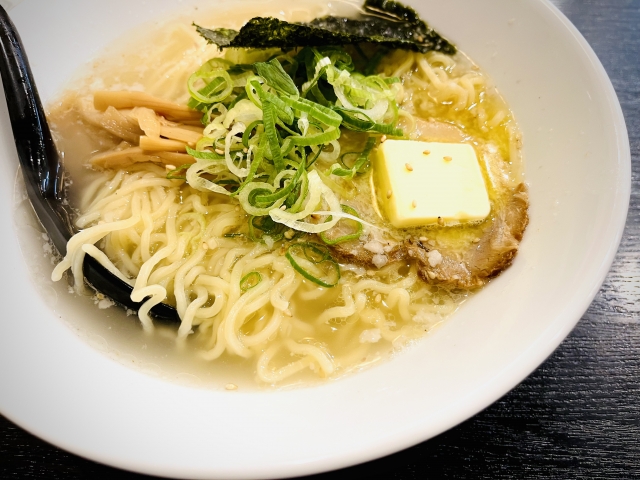
A clear, salt-based broth with a delicate, refreshing taste.
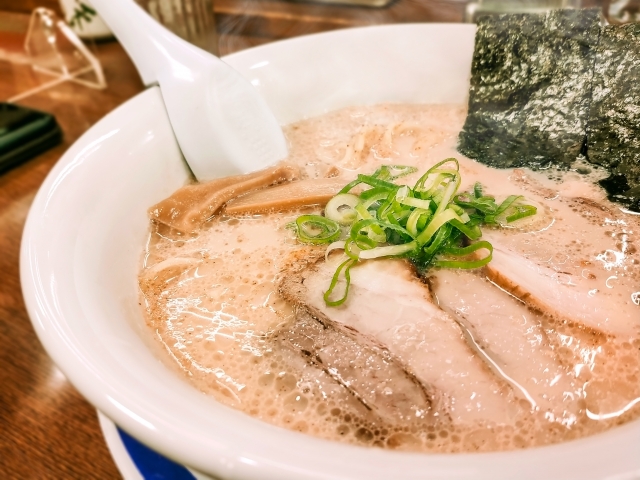
A creamy, rich broth made from pork bones, a specialty of Kyushu.
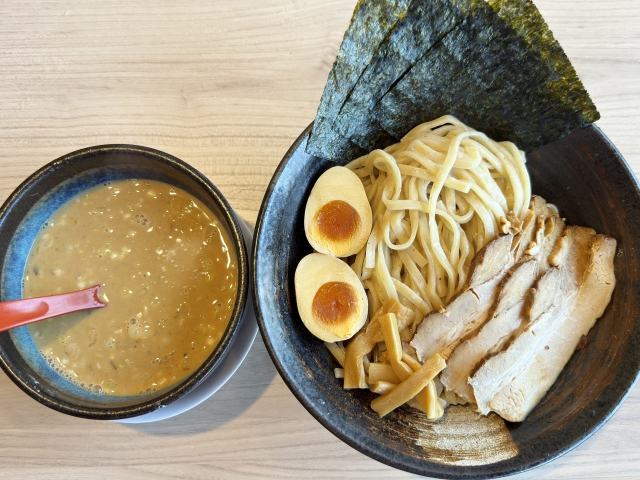
Cold noodles served separately and dipped into a concentrated broth.
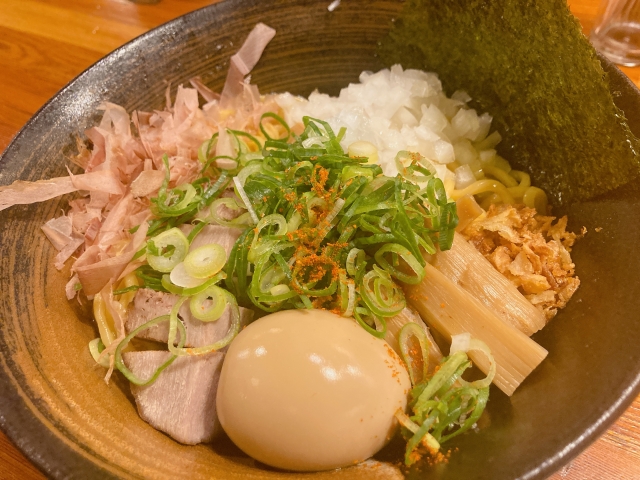
Ramen served without soup, instead tossed in a flavorful sauce.
Ramen Ingredients
Ramen consists of several key components that contribute to its rich and satisfying flavor. Here are the main ingredients:
1. Noodles (麺, Men)
Ramen noodles are typically made from wheat flour, water, salt, and kansui (alkaline mineral water), which gives them their distinct chewy texture. The shape and thickness of the noodles vary depending on the ramen style, ranging from thin and straight to thick and curly.
2. Broth (スープ, Soup)
The broth forms the heart of ramen, with the most common types being:
- Tonkotsu (pork bone): Creamy and rich.
- Shoyu (soy sauce): Savory and light.
- Miso: Thick and hearty.
- Shio (salt): Clear and delicate.
3. Toppings (具, Gu)
Toppings add flavor, texture, and visual appeal. Common options include:
- Chashu: Braised pork belly or shoulder.
- Ajitsuke Tamago: Seasoned soft-boiled egg.
- Menma: Fermented bamboo shoots.
- Nori: Seaweed sheets.
- Scallions: Thinly sliced for a fresh touch.
- Naruto: Fish cake with a distinctive pink swirl.
4. Seasonings and Oils
Seasonings like soy sauce, miso paste, or salt define the broth’s flavor, while oils such as garlic oil, sesame oil, or chili oil add depth and richness.
5. Optional Enhancements
- Spices: Such as shichimi togarashi (Japanese seven-spice blend).
- Butter: Commonly added in Hokkaido-style miso ramen for extra creaminess.
- Corn: A sweet touch often seen in northern Japan.
How to make Ramen (Basic Recipe)
1.Cook the Noodles: Boil ramen noodles in plenty of water until they reach the desired texture.
2.Prepare the Broth: Combine the base broth with seasonings and dashi for a flavorful soup.
3.Assemble the Bowl: Place the cooked noodles in a bowl and pour the hot broth over them.
4.Add Toppings: Customize with toppings like chashu pork, soft-boiled eggs, bamboo shoots, scallions, and seaweed.
Nutritional Value and Health
Ramen is high in carbohydrates and fats, but you can improve its nutritional balance by adding vegetables, eggs, or lean protein as toppings. Reducing the amount of broth you consume can also help limit salt intake.
Cultural Significance
Ramen is deeply ingrained in Japanese food culture, with each region boasting its own specialties. Ramen shops range from casual eateries to gourmet establishments, offering an endless variety of flavors. It is not only a popular comfort food but also a source of adventure for enthusiasts who enjoy discovering unique ramen styles and flavors.
Comments